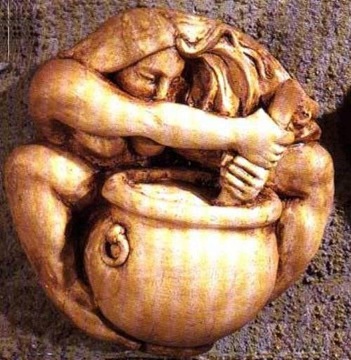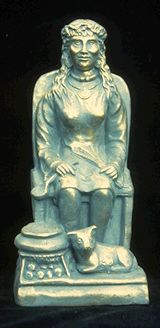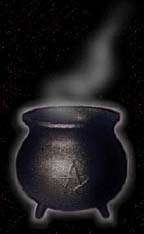The White Moon Gallery Presents
CERRIDWEN
and the
Cauldron of Transformation

and the
Cauldron of Transformation
Photo of a statue from the author's collection, originally purchased from Sacred Source
Project Created by Kerritwyn )0(
© All original material in this site is under copyright protection
and is
the intellectual property of the author.














